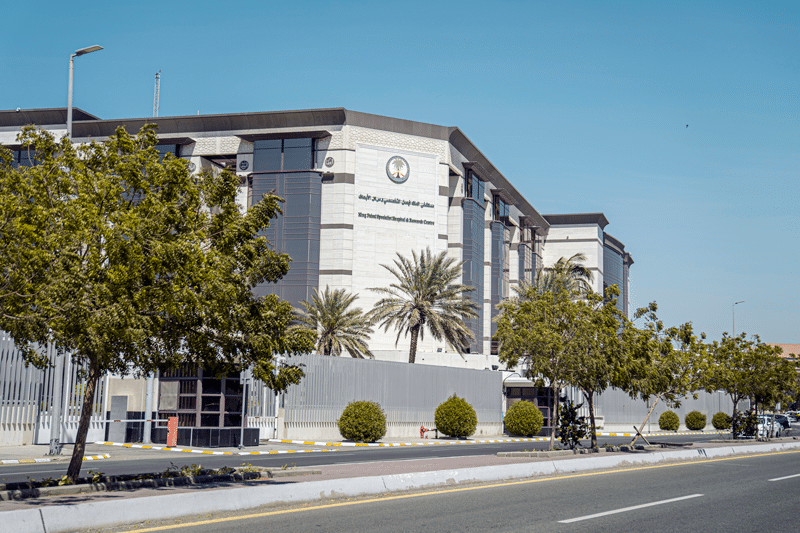King Faisal Specialist Hospital & Research Centre and AGFA HealthCare co-create Enterprise Imaging Actionable Findings, closing the loop between radiologists and clinicians. With a few easy clicks, incidental and critical findings are notified, acknowledged, and escalated, eliminating the risk of delayed intervention for patients.
Closing the loop between radiologists and clinicians
King Faisal Specialist Hospital & Research Centre Team
Mr. Fahad Bin Dayal
Director Application and Health Informatics Division
Chairman of Radiology
PACS Administrator
Nasser Almuqati
Health Informatics Analyst
Acting Head of Radiology
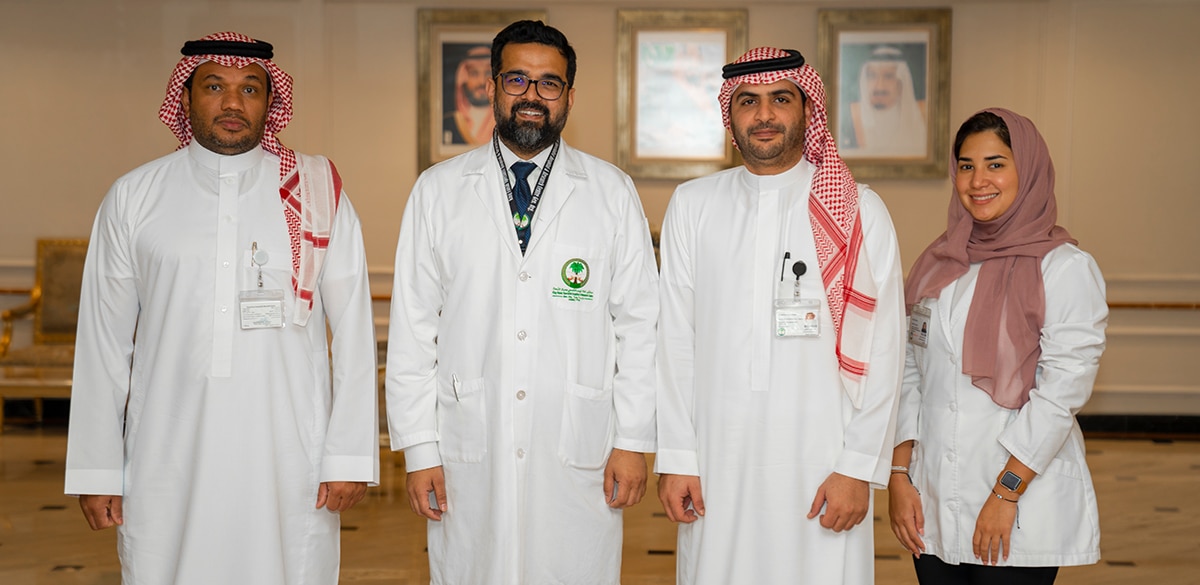
From left to right: Akram Mghrabi, Dr. Zia Zergham, Naser Almuqati, Wejdan Niazi
“That’s Life in Flow”
The Actionable Findings module helps radiologists stay “in the flow” while working: making technology feel like an extension of the radiologist’s thought process, to enhance productivity and improve the work experience.
“Previously, when the radiologist found an actionable finding, they had to stop the task they were working on, phone the appropriate colleague – who might not be easily reachable at that moment – report the finding, and document everything. This can be very inconvenient for a busy radiologist with many cases to report. We wanted to replace that complicated process with a simple and automated solution, not only for the more critical actionable results but for all of them,” explains Dr. Zergham Zia, Chairman of Radiology.
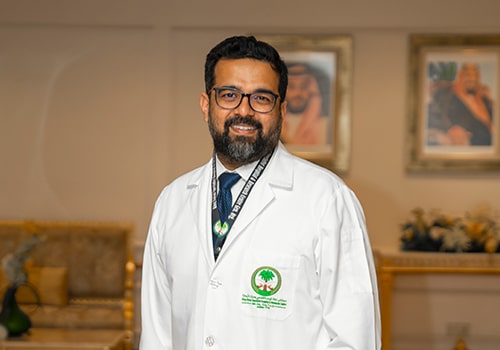
“Communication is key to patient care. This is why we collaborate with AGFA HealthCare to develop a truly physician-oriented Actionable Findings tool.”
“We had worked with AGFA HealthCare for 10 years, and knew they would go ‘above and beyond’. And we are proud of the result we have achieved together through our hard work and collaboration.”
The American College of Radiology (ACR) categories of Actionable Findings
The American College of Radiology (ACR) categories of Actionable Findings
Category 1
Communication Within Minutes
Findings that could lead to death or significant morbidity if not promptly recognized, communicated, and acted upon.
Category 2
Communication Within Hours
Findings that are clinically significant observations that generally explain a patient’s acute presentation and require specific medical or surgical treatment.
Category 3
Communication Within Days
Findings that generally do not require any immediate treatment or other action but in the long term, could be very significant.
“Before creating the tool, we had to define all the possible workflows in all the departments. We had to determine how the notifications would be sent, how acknowledgment would be handled, and what escalation levels to include”
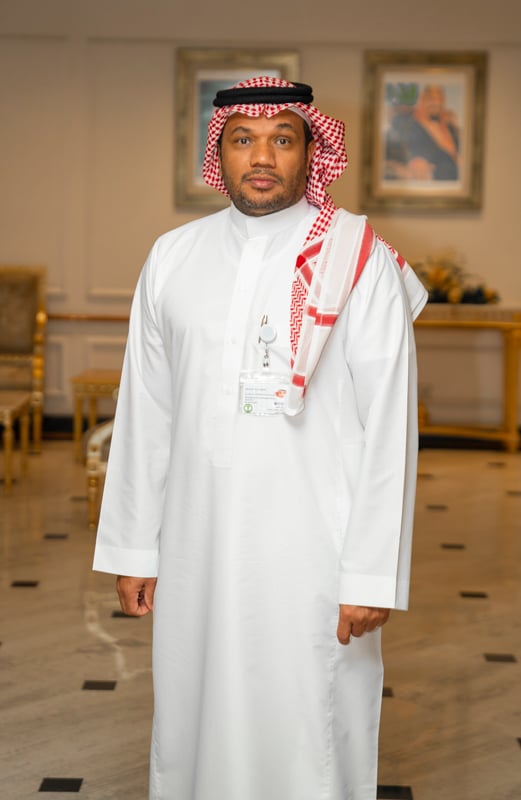
A joint effort from all stakeholders
While it sounds straightforward, designing a tool that met the stringent requirements of the King Faisal Specialist Hospital & Research Centre was not, in fact, simple. “Our goal as a healthcare enterprise is to provide the highest level of healthcare and the best patient experience. We deal with very complex pathologies and treatments: for oncology, cardiology, complex transplants of organs and stem cells …,” says Mr. Bin Dayal. “The tool had to support not only the creation of the notification by the radiologists but also the acknowledgment by the treating physician, plus the possible escalations. So we needed to involve different stakeholders in its development, including radiology, clinical affairs, medical affairs, and informatics, to ensure there were no gaps in the process.”
The truth is in the details
One major hurdle to overcome was addressing the many different workflows throughout the hospital.
“Outpatient flows differ from inpatient flows; emergency flows have specific needs etc. Before creating the tool, we had to define all the possible workflows in all the departments. We had to determine how the notifications would be sent, how acknowledgment would be handled, and what escalation levels to include,” explains Akram Maghrabi, PACS Administrator.
The level of detail to consider was enormous; he continues: “Take one ‘simple’ question: Who should receive the notification? As an example, a patient comes into the ER. The ER physician orders a chest X-ray and notices something concerning. He calls in the pulmonary team, who send the patient for a CT. In this case, if there is an actionable finding, who will receive the notification: the ER doctor or the pulmonary specialist? Our conclusion was that you have to follow the responsibility: if the ER physician has passed the patient into the care of the pulmonary specialist, then the latter has the responsibility and should receive the notification. But as you can see, we had to consider every possible situation and define where the responsibility lies.”
Follow-up of notifications is just as complex. “What happens if the treating physician doesn’t view the finding? In the end, we developed three escalation levels for each workflow. That is how carefully we worked out the design for the Actionable Findings module.”
When the radiologist diagnoses a critical finding:

With a few clicks within the workflow, the radiologist creates a notification for the responsible treating physician that special attention is required

The Actionable Findings module sends this notification via SMS or email to the treating physician (and/or another physician indicated on the order)

To access the report and images, the treating physician clicks the hyperlink in the message they receive

This triggers an automatic acknowledgment, which is sent to the radiologist

If the treating physician doesn’t click the hyperlink within a predefined period of time, the notification is escalated and automatically sent to either another (group of) physician(s) or a manager.
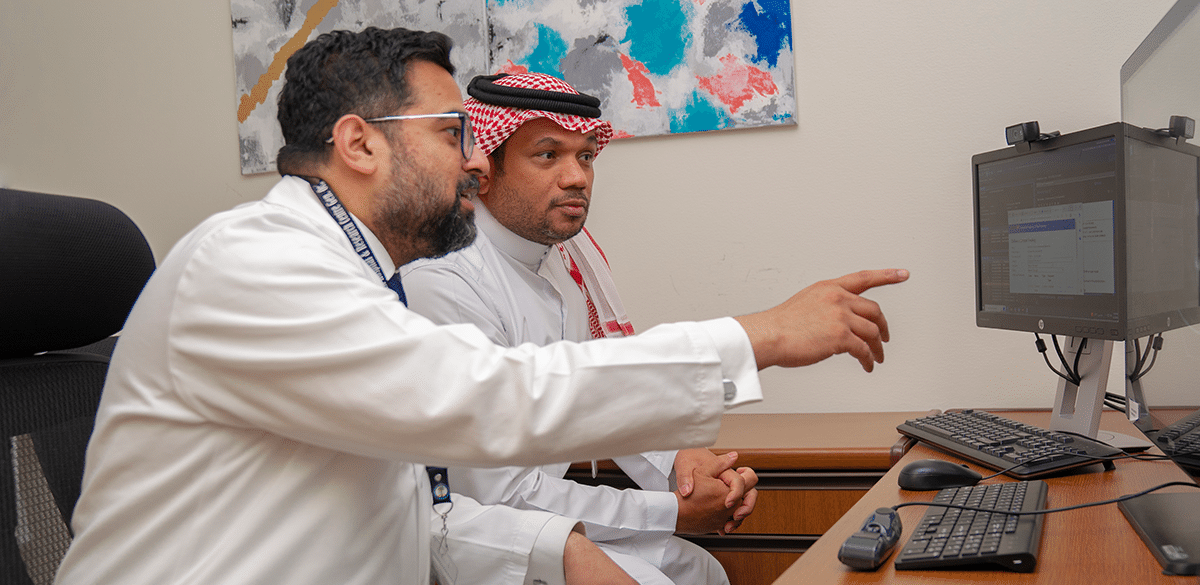
A ’physician-oriented’ design to improve patient care
The Actionable Findings module was successfully rolled out in a soft launch at King Faisal Specialist Hospital in Jeddah in three stages, he describes. “The first month, we launched it in the ER; the second month, in family medicine; the third month, we did the official go-live for the entire hospital.” Following the successful launch in Jeddah, the Actionable Findings module was then rolled-out to King Faisal Specialist Hospital in Medina.
The radiologists and treating physicians already see a big difference from the module. “It enables us to communicate efficiently without interrupting the workflow of the radiologist,” says Dr. Zia. “We did a small satisfaction survey within the hospital. On a scale of 1 to 5, the radiologists scored the tool 4.67 in terms of ease of use. And 85% of all the physicians (radiologists and treating physicians) said they believed the tool would help improve patient safety.”
“Actionable findings are something most hospitals have to deal with. Because we made the tool ‘physician-oriented’, it could fit well in any healthcare environment, I believe. This was tremendous work that King Faisal Specialist Hospital & Research Centre and AGFA HealthCare achieved, and we are very proud that it may improve patient care in many different hospitals.”
“Actionable findings are something most hospitals have to deal with. Because we made the tool ‘physician-oriented’, it could fit well in any healthcare environment”
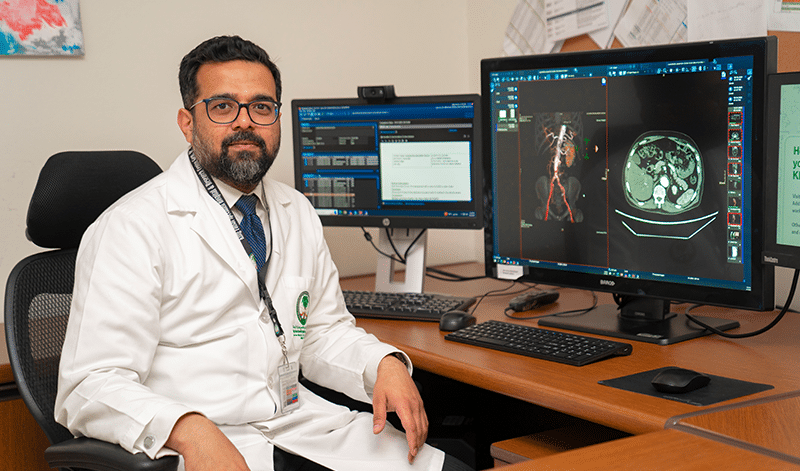
AGFA HealthCare solution
AGFA HealthCare solution
Enterprise Imaging
Enterprise Imaging
King Faisal Specialist Hospital – Jeddah, in the Kingdom of Saudi Arabia, went live with AGFA HealthCare Enterprise Imaging for Radiology in August 2020. Enterprise Imaging offers a single, unified imaging platform, with embedded clinical tools and a powerful workflow engine, for maximized productivity. The platform provides the hospital with a number of key features that fit its specific needs, including remote reporting, advanced clinical applications, an integrated viewer that enables the patients to view their own images via the mobile application, and the Actionable Findings module.
Enterprise Imaging Actionable Findings
Enterprise Imaging Actionable Findings
- Improves the effectiveness of communication among caregivers, with seamless two-way communication between the radiologist and treating physician
- Escalates the actionable finding if the treating physician does not view the finding in time
- Documents in Enterprise Imaging which notifications have been communicated to which treating physician
- Allows the radiologist to track the status of each notification within Enterprise Imaging
- Fits seamlessly into the radiologist’s workflow
Did you know?
Did you know?
- King Faisal Specialist Hospital & Research Centre is a tertiary referral hospital that offers primary and highly specialized inpatient and outpatient medical care and participates in many clinical and research studies.
- King Faisal Specialist Hospital & Research Centre comprises three hospitals. The 500-bed facility in Jeddah has a top-notch radiology department that also provides diagnostic and interventional imaging training.
